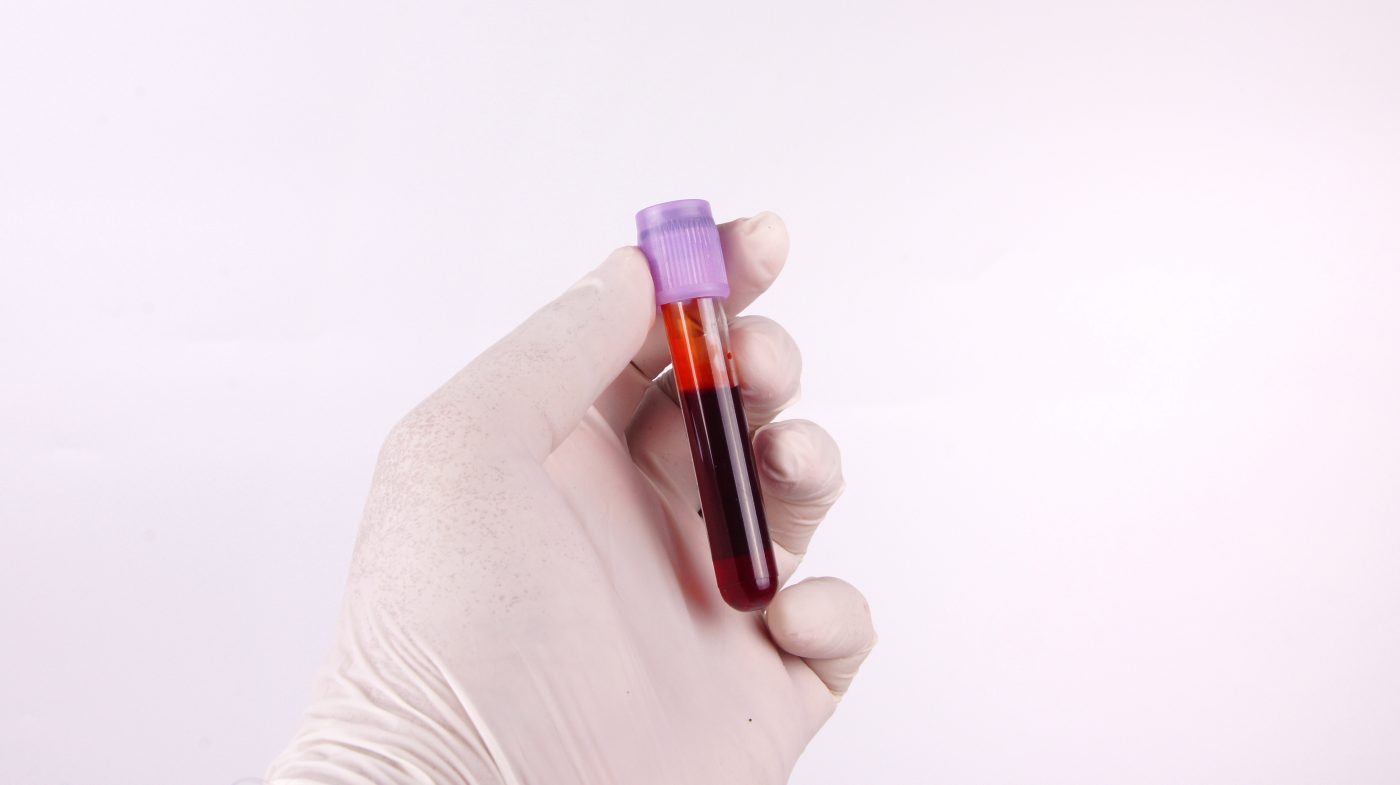Fatigue Linked to Iron Deficiency in SLE Patients for First Time, Study Shows
Written by |

Iron deficiency, measured through the size variation of red blood cells, is correlated with increased fatigue in systemic lupus erythematosus (SLE) patients, research shows. The association seems to be independent of age, ethnicity, or geographical location.
This is the first time a blood biomarker has been linked to fatigue in SLE patients.
The findings were recently presented at the 11th European Lupus Meeting in Düsseldorf, Germany, in the study, “Identifying the links between functional iron deficiency and fatigue in systemic lupus erythematosus.”
Fatigue is a common, debilitating symptom experienced by patients with SLE, even in those who have their disease controlled. From 80-90% of SLE patients report fatigue as the single most debilitating symptom of their condition.
Recent studies have shown that inefficient iron utilization, defined as functional iron deficiency, is associated with fatigue in several illnesses. But until now, no studies had addressed this association in SLE patients.
Researchers at University College London analyzed functional iron deficiency in three groups of SLE patients. This was measured through a blood biomarker called red blood cell distribution width (RDW), a measure of variability in size and volume of red blood cells known to detect functional iron deficiency.
The three groups included patients from different geographical locations, with varying ages and ethnicities.
The first group had 72 patients with juvenile-onset SLE, ages 14 to 42, recruited at University College London Hospital (UCLH). The second group included 106 adult-onset patients, ages 18 to 75, recruited at UCLH. The third group of 47 patients, ages 19 to 75, was enrolled at Liverpool Hospital in Sydney, Australia.
Fatigue in the juvenile-onset and Australian patients (the first and third groups) was measured with the FACIT Fatigue Score. British adult-onset patients (the second group) had their fatigue measured with an SLE-specific quality-of-life index, which includes a score of vitality.
In juvenile-onset British patients, FACIT scores did not correlate with any of the common lupus markers — including anti-double-stranded DNA antibodies (anti-dsDNA), C-reactive protein (CRP), erythrocyte sedimentation rate (ESR), or disease activity scores.
But the analysis revealed that fatigue scores were strongly linked to RDW values. A similar association was also found in the Australian group of patients.
In the British adult-onset SLE patients, fatigue also correlated with iron deficiency. But vitality scores were also correlated with ESR and BILAG values, which measure disease activity.
Despite the baseline differences in the three groups, the association between RDW and fatigue levels was sustained, suggesting a link between functional iron deficiency and SLE-associated fatigue.
“For the first time a [blood] marker has shown strong association with fatigue in patients with lupus,” the researchers wrote. “This was demonstrated in three different cohorts of varying age, ethnicity, and geography, and using two different fatigue scores.”




